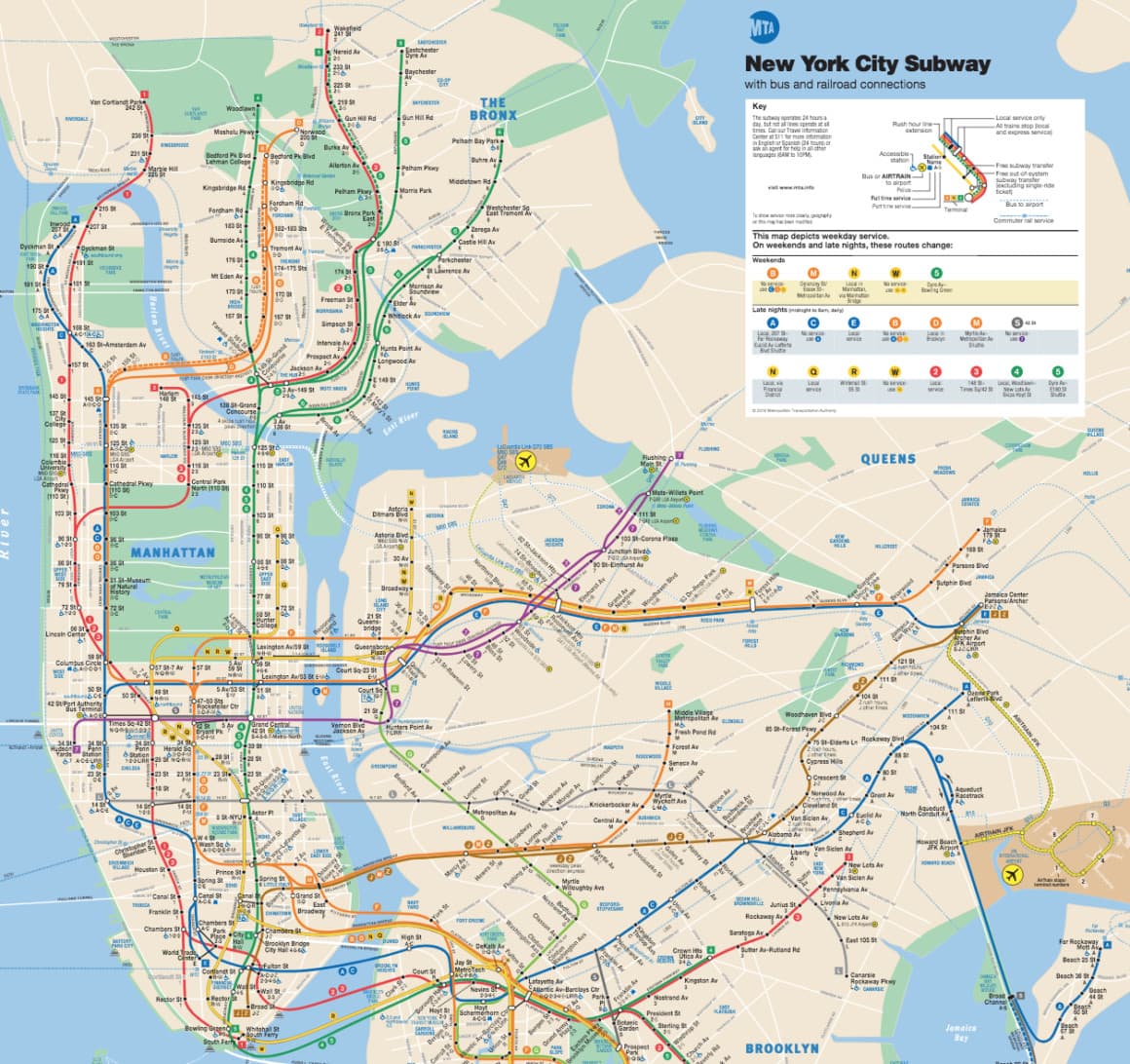Since 1904 when the first New York Subway stations opened in Manhattan. New Yorkers have come to rely on the 469 stations as a primary source of transportation across the city. With over 1.7 billion riders each year, the subway is a vital transit system that most New Yorkers can’t live without. So what happens when the MTA shuts down service in your neighborhood for an extended period? In some areas, extended closures due to repairs can harm housing prices despite expected increases.
Why Do Subways Close?Why Do Subways Close?
Repairs to the New York subway are a never-ending project. Many times, repairs can be done while service still runs, and most closures are for short periods. Sometimes, however, subway closures can last weeks, months, and in some instances, over a year. It seems even aesthetic upgrades can cause closures like two Astoria stops slated to be offline, for eight months as part of a 30-station revitalization effort to beautify the stops and add amenities such as wifi. Projects such as Andrew Cuomo’s Enhanced Station Initiative may cause delays; ultimately can upgrade and fix neglected stations throughout the city.
What Happens to Residents When a Subway Station Closes?What Happens to Residents When a Subway Station Closes?
Ultimately, when significant upgrades are needed to subways, the fastest way to complete the project is to close them. But subway closures can cause significant hassles and delays for residents near stations in need of repairs. While the city offers alternative suggestions and increases the availability of other forms of transportation such as bus schedules, residents ultimately suffer from extended closures. Affected residents must use alternative means of transportation such as Uber or taxis, or they may even resort to riding bikes. Businesses also suffer from local subway closures and typically see a downturn in sales as a result.
Falling Home Prices From Extended Subway ClosuresFalling Home Prices From Extended Subway Closures
Worst-case scenarios, such as the 15-month closures in the Brooklyn neighborhood of Williamsburg, can also cause significant downturns in housing prices. The L train into Manhattan will close in 2019 for 15 months. This has already caused rent and home prices to fall in north Brooklyn; as the neighborhood readies itself to be cut off from Manhattan. While Zillow is expecting a 4.1% rise in home prices for the majority of Brooklyn, Williamsburg is only supposed to climb 0.6% in 2018 — and that’s after a 2.2% drop last year.
The expected long-term closures are having an immediate effect on residential home prices. For many prospective homebuyers, the idea of being isolated from much of New York is a deal-breaker as commuters look to more transit-friendly neighborhoods to call home. But for those that mainly stay in Brooklyn or investors looking for a deal; the 15-month subway closure can mean getting more house for your money as long as you can weather the storm. With home prices rising every year, it’s hard to argue that Williamsburg home prices won’t rebound once service resumes. For those that can wait, you may have found one of the best bargains in New York City.

